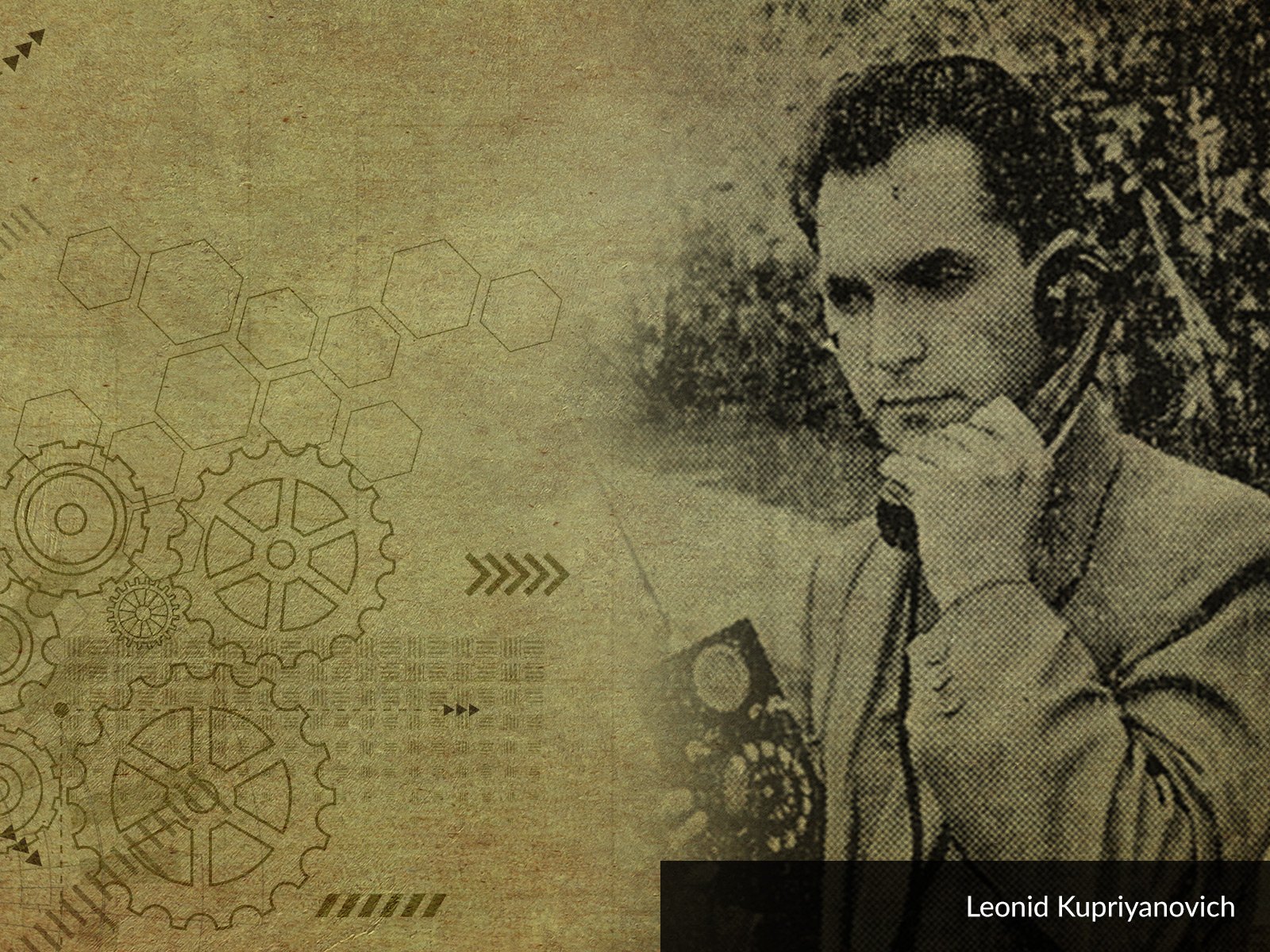
John Ambrose Fleming was born on 29 November 1849. He was a son of a Congregational minister and the eldest of as many as seven siblings. Fleming came from Lancaster, where he also began his educational journey, which he later continued in London and Cambridge. At first, his field of study was chemistry, however, when he came across the results of James Maxwell’s work, he developed interest in electromagnetism. He even studied at Cambridge under the tutelage of that famous physicist.
John Ambrose Fleming combined successfully his academic and professional career. He became a Professor at University College London, but at the same time he pursued a career working with such famous brands as the Edison Electric Light Company, the Marconi Company and the Bell Telephone Companies. Among other projects, Fleming constructed a transmitter that enabled Marconi to send the first transatlantic radio transmission. However, this achievement did not translate into financial success. The technology that made a radio link between the US and the UK possible was credited to Marconi (as had been previously agreed), however, the latter failed to fulfil his prior obligation to transfer shares in the company.
John Ambrose Fleming and the beginnings of semiconductor technology
While working on incandescent lamps at the Edison Electric Light Company, Fleming discovered the phenomenon of current rectification. This allowed him to develop the first vacuum diode, for which he applied for a patent in 1904. It was this design that helped the inventor to go down in the history of electronics. This technology found its way into radio receivers and, later, into radar systems, and became the backbone for the development of many other inventions in the field of electronics. It was not until the development of transistors that Fleming’s diodes were superseded and the computer technology began to flourish as a real gamechanger. Interestingly, this achievement also came with difficulties – for many years Fleming had to fight a court battle with an American inventor who worked on similar solutions.
In the following years, the scientist perfected his invention and continued to work on its application. His accomplishments were recognised with numerous awards and a knighthood. Interestingly, in addition to his research activities, Fleming was also interested in arts – he particularly enjoyed photography and painting. Moreover, he was deeply involved in the movement against the theory of evolution, although he himself had a huge contribution to the (r)evolution in electronics.
Diode – the beginning of semiconductors
If we look at electronics as a field of science and a branch of industry, we could venture to state that John Fleming was one of its fathers. Diodes were among the first semiconductors and, in fact, they kick-started the development of electronic circuits that incorporated the notions of mechanical automation into the world of electrons. Rectifier diodes, and later rectifier bridges, also made it possible to reconcile the ideas of alternating current (a form that is easier to distribute) and direct current (on which modern electronics are based), enabling the production of numerous consumer goods, from radios to laptops. All digital electronics, both basic transistors and the most complex microprocessors, operate thanks to rectifying diodes, through which they obtain a stable power source from the power grid. Of course, it can be said that today circuits are mainly powered by rechargeable batteries, however, in order to charge such cells you need chargers, and without Fleming’s invention it would be hardly possible to construct them. Even the roots of photovoltaics can be traced back to the first diodes – not to mention LEDs, which are often (albeit inaccurately) referred to simply as diodes. Although the British inventor was not the only father of semiconductors (after all, success has many fathers), he was certainly one of the vanguards of technological progress, to whom we owe a world full of minor and major amenities and conveniences.





